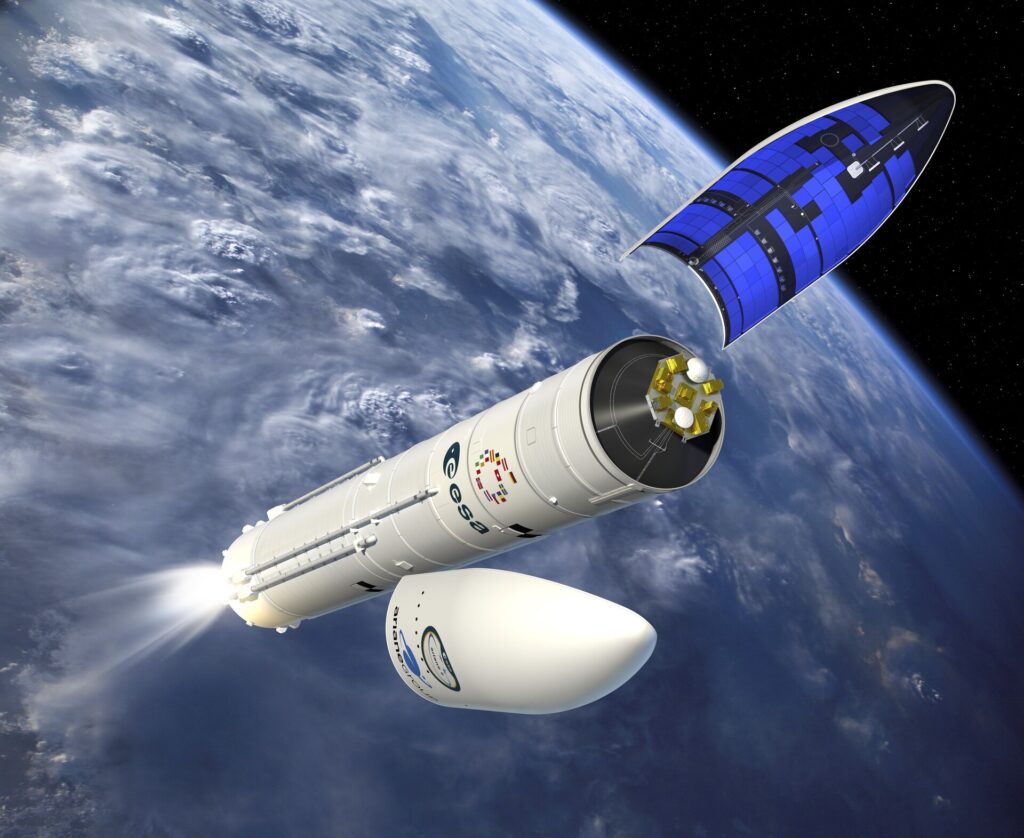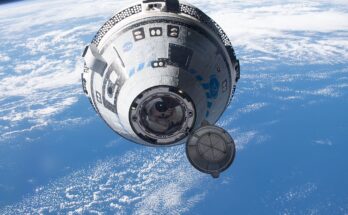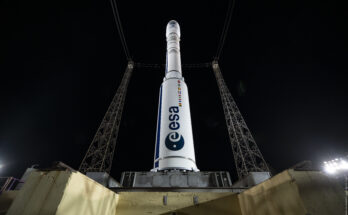
Ariane is poised for its first flight in July thus bringing Europe back to the medium-lift market. Due to the COVID-19 pandemic and technical issues, the inaugural launch of Ariane 6 had been pushed back to 2024. Arianespace had to halt testing and work on the launch pad due to the pandemic. With the retirement of Ariane 5, Ariane 6 delayed and Vega C being reworked, there has been a lull in launches from Kourou, French Guiana. Nevertheless, Ariane 6’s backlog is healthy and when the inaugural launch occurs, Arianespace will have plenty of launches on the horizon.
With the launch vehicle market becoming more competitive, the European Space Agency began investigating a launch vehicle that would be less costly than its Ariane 5. While the Ariane 5 had a strong record of reliability, the vehicle was expensive to operate and needed an annual supplement from European governments. While Ariane 6 benefits from initial development funding and some operational subsidies, the aim is for it to become more commercially competitive over time, potentially reducing its reliance on continuous government support.
Ariane 6, when launched, will enter a very competitive market. The rocket’s payload capability puts it in the realm of ULA’s new Vulcan rocket and SpaceX’s Falcon 9. With that being said, however, Amazon’s Kuiper satellite constellation will launch on all three of these rockets with 18 launches going to Ariane 6.
The current rush to LEO and the constellations that will occupy that orbit will provide ample opportunities to launch providers for business. The potential issue with Vulcan and Ariane 6 is that these are not reusable vehicles. Falcon 9, due to its first stage’s ability to be flown numerous times (reportedly boosters 61 and 62 have launched over 20 times), likely has an edge in terms of cost-per-launch. Although pricing in this market is hard to ascertain, SpaceX had been proving that Falcon 9 is a leader in the industry.
Despite competitiveness, Arianespace and ULA are well-placed to benefit from the sheer amount of satellites that are planned to be launched in the near future. Amazon’s Kuiper constellation, Galileo satellites, Intelsat satellites and various European spacecraft are planned to launch on Ariane 6. Although not likely to top Falcon 9’s yearly launches, Ariane 6 will be a player as Ariane 5 once was.
Carter Palmer has long held a keen interest in military matters and aviation. As a FI's space systems analyst he is responsible for updating the reports and analyses within the Space Systems Forecast – Launch Vehicles & Manned Platforms and Space Systems Forecast – Satellites & Spacecraft products.




